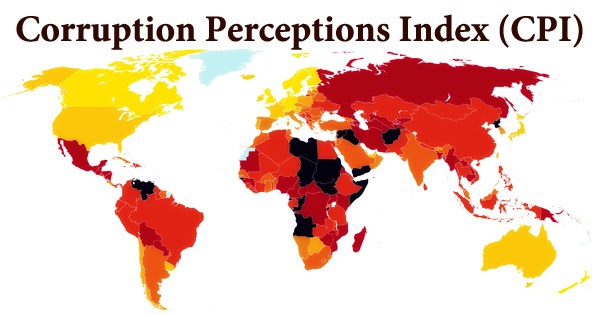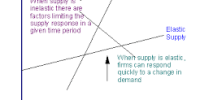The classical dichotomy refers to the idea that real variables, like output and employment, are independent of monetary variables. In macroeconomics, the classical dichotomy is the idea, attributed to classical and pre-Keynesian economics, that real and nominal variables can be analyzed separately. To be precise, an economy exhibits the classical dichotomy if real variables such as output and real interest rates can be completely analyzed without considering what is happening to their nominal counterparts, the money value of output and the interest rate. In this view, the primary function of money is to act as a lubricant for the efficient production and exchange of commodities.
Classical Dichotomy refers to an assumption that says the following: in the long run, the nominal economy is completely separate from the real economy. In particular, this means that real GDP and other real variables can be determined without knowing the level of the nominal money supply or the rate of inflation. This means that in the long run, money and nominal prices have no impact on real variables such as real GDP. An economy exhibits the classical dichotomy if money is neutral, affecting only the price level, not real variables. As such, if the classical dichotomy holds, money only affects absolute rather than the relative prices between goods. This independence of real variables from changes in money supply and nominal variables is called classical dichotomy.
According to the classical dichotomy, changes in monetary variables do not affect real values as output, employment, and the real interest rate. Money is therefore neutral in the sense that it cannot affect these real variables. The classical dichotomy is, essentially, a derivation of the quantity theory of money, which is captured by the formula MV = PY, where M stands for the money stock, V is the velocity of money circulation, P is the price level, and Y is the level of income. The monetary value of output (PY) is thus equal to overall aggregate monetary expenditure. Actually, according to classical theory, the nominal variables move in proportion to changes in the quantity of money, while real variables such as GNP, employment, real wage rate, the real rate of interest remain unaffected.
The classical dichotomy was integral to the thinking of some pre-Keynesian economists (“money as a veil”) as a long-run proposition and is found today in new classical theories of macroeconomics. In new classical macroeconomics, there is a short-run Phillips curve which can shift vertically according to the rational expectations being reviewed continuously. A classical economic concept that states general price levels may be influenced by monetary forces yet there is no real effect on activity.
In the strict sense, money is not neutral in the short-run, that is, classical dichotomy does not hold, since agents tend to respond to changes in prices and in the quantity of money through changing their supply decisions. In conclusion, the classical dichotomy implies that real variables and monetary variables are independent of each other.
















